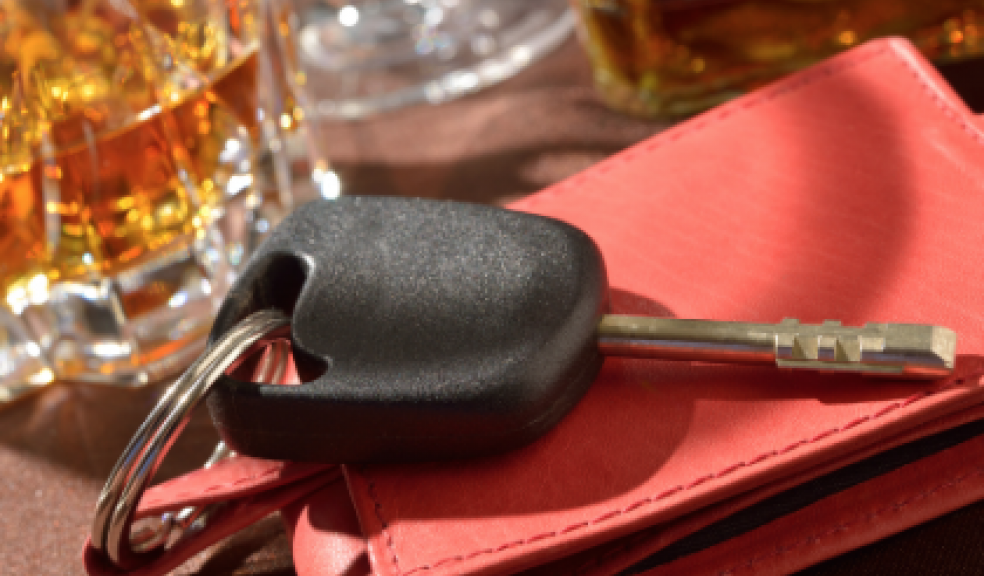
This year to save you from tears... don't drink and drive!
With the Christmas party season in full swing Devon and Cornwall Police have issued a seasonal warning to drivers featuring a list of myths and facts.
The simple message is that the only way to be safe is not to drink at all and that even if you hitch a lift or take a taxi ride home, you may be over the limit the next morning.
Motorists are being warned to take heed of the following advice to avoid spoiling Christmas for themselves and others.
FACT:
The legal limit
You must not drive if you are above the following limits:
35 microgrammes of alcohol in 100 millilitres of breath
80 milligrammes of alcohol in 100 millilitres of blood
107 milligrammes of alcohol in 100 millilitres of urine
It is difficult to determine the amount of alcohol that can be drunk before a person reaches these levels as each person’s alcohol tolerance varies. Therefore, the only way to guarantee that you will provide a negative test is not to drink and drive.
What is the legal limit in units?
The legal drink drive limit cannot be accurately converted into a certain number of units, as alcohol intake depends on a number of factors, which include the individual’s response to alcohol.
Calculating your alcohol intake in this way is extremely unreliable as measures and strength of alcohol may be vary in pubs and at home.
Without taking a breath test there is no way of knowing how much alcohol is in your system. The best way to ensure you are not over the limit is not to drink and drive.
FACT:
Drinking does affect driving
If you have drunk at least twice the current drink-drive limit then you are more than 50 times more likely to be involved in a fatal collision.
On average 3,000 people a year are killed or seriously injured in drink-drive collisions.
One in seven deaths on the roads involve drivers who are over the legal limit.
FACT:
The police will undertake breath tests if:
You are involved in a collision - whether it is your fault or not - you will be required to provide a breath sample. This applies 24 hours-a-day, 365 days-a-year.
You are attempting to drive a vehicle whilst appearing to be under the influence of alcohol.
You are in charge of a vehicle whilst appearing to be under the influence of alcohol. This can include being in the vehicle even if it is not moving.
You commit a traffic offence e.g. speeding, failing to stop for a red light or not wearing a seat belt.
You fail to stop after a collision. The police could trace your vehicle and request a breath sample, even if you had left the vehicle.
FACT:
If you are convicted of drinking and driving:
You will have a criminal record
You will be disqualified from driving for at least a year
Your next vehicle insurance premium will significantly increase
You will have difficulty hiring a car for the next 10 years
You may have to retake your driving test and attend rehabilitation to regain your licence
MYTH:
You are safe to drive the morning after
Many people drive as normal the morning after they have been drinking. However there may still be alcohol in their system and if they are breathalysed then they may be over the limit.
It takes longer than you think for alcohol to leave the body. For example:
Take a Saturday night's drinking:
At midnight you may have 200 milligrams per 100 millilitres of blood in your system. This is 2½ times the drink drive limit.
At 7.30 am there will still be 90 milligrams per 100 millilitres in your system - you are still over the drink-drive limit.
By lunchtime you will still have about 20 milligrams within your system, not above the limit but still enough to adversely affect your driving.













